

Administrative and Institutional Arrangements
Ghana’s institutional structure for promoting local level planning and decision making has been defined in the Local Government Law 1988, PNDC Law 207 and the recent Local Government Act 462, 1993. These specify a decentralized system of government in which District Assemblies have been constituted as Planning Authorities with a mandate to oversee the planning and implementation of projects within their respective areas.
The Shai Osudoku District Assembly constitutes the highest political and administrative authority in the district. The District Assembly consists of 52 members. Out of the number, 36 are elected from the thirty-six electoral areas in the district whilst government appoints 16. The District Assembly is presided over by a Presiding Member who is elected from among the members of the Assembly by at least a 2/3 majority.
Executive Committee
An Executive Committee elected from among the Assembly members but not exceeding one-third of the strength of the Assembly performs the executive and administrative functions of the Assembly. The District Chief Executive who is the chief representative of the Central Government in the District chairs the Executive Committee. As the Executive arm of the Assembly, the Executive Committee sees to the implementation of policies and programmes of the Assembly. It coordinates the activities of the sub-committees and presents their reports for deliberation in the Assembly.
The Sub-Committee
The Executive Committee performs its role through the following sub-committees (formed out) of the Assembly:
• Finance and Administration Sub-Committee
• Technical and Infrastructure Sub-Committee
• Development Planning Sub-Committee
• Social Services Sub-Committee
• Disaster Management Sub-Committee
• Education Training and Sports Sub-Committee
• Lands and Agriculture Sub-Committee
• Women and Development, Child Survival Sub-Committee
• Environmental and Sanitation Sub-Committee
• Justice and Security Sub-Committee
A Chairman elected from among the member’s heads each Sub-Committee. The committees have about six members each. Heads of Departments are required to patronize meetings of their sector Sub-Committees to provide the necessary technical inputs into their deliberations.
The District Administration
The District Administration is the implementing arm of the District Assembly. A District Co-ordinating Director under the overall supervision of the District Chief Executive heads it.
The District Planning Coordinating Unit
In order to assist the Executive Committee in its planning, programme and budgeting functions a unit known as the District Planning Coordinating Unit (formerly known as the District Planning and Budgeting Unit) has been set up to provide a secretariat and to offer advisory services to the Assembly. The unit also has the responsibility of collating data on the development activities in the district. It is to promote research and ensure a smooth coordination between the activities of decentralized departments and the District Administration. The District Planning Co-ordinating Unit is now expanded to include heads of department such as Education, Health, Agriculture, Physical Planning, Community Development and Social Welfare, Works Department as well as the Finance Office.
The Sub-District Structures
Town and Area Councils
The Shai Osudoku District has seven Area and Town Council and secretaries have been appointed for the six Area Councils to assist the respective Assembly members in revenue collection and Community mobilization. The Seven Area/Town Councils are:
• Dodowa Town Council
• Ayikuma Area Council
• Asutsuare Area Council
• Ningo Area Council
• Prampram Area Council
• Dawa Area Council
• Osuwem Area Council
Unit Committees
Unit committees constitute the base of the District Assembly structure. Like the Area Town Council these Committees have not yet been established
Date Created : 11/24/2017 2:12:42 AM




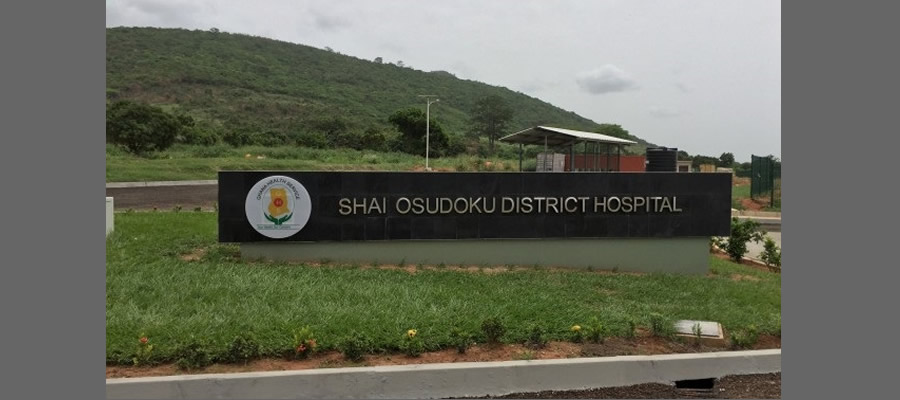
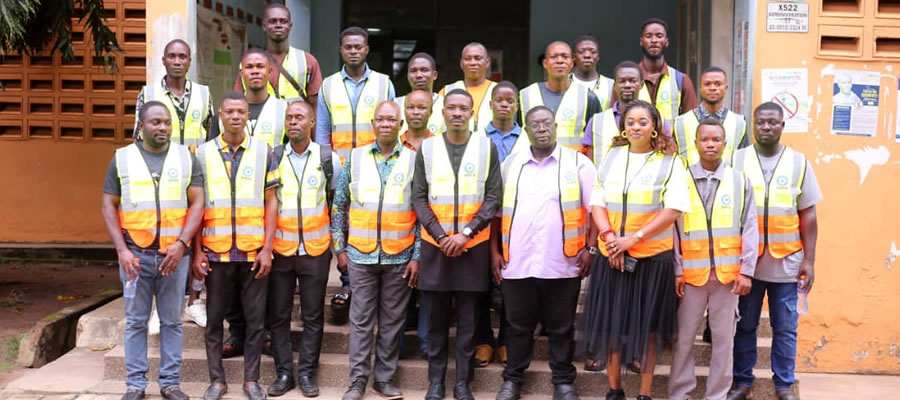
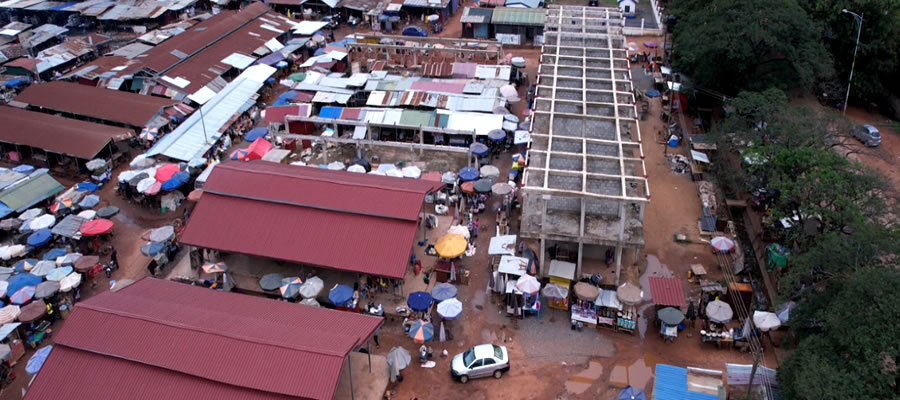
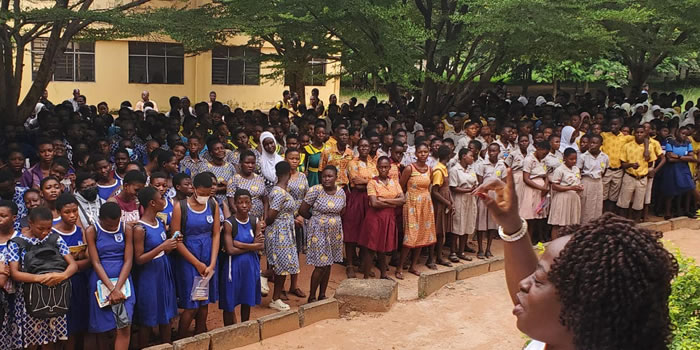
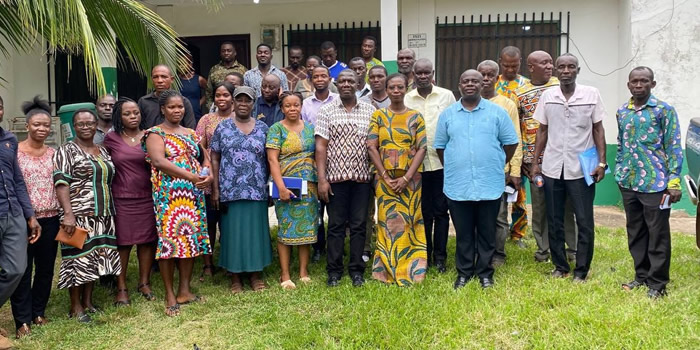


 facebook
facebook
 twitter
twitter
 Youtube
Youtube
 +233 593 831 280
+233 593 831 280 0800 430 430
0800 430 430 GPS: GE-231-4383
GPS: GE-231-4383 info@ghanadistricts.com
info@ghanadistricts.com Box GP1044, Accra, Ghana
Box GP1044, Accra, Ghana